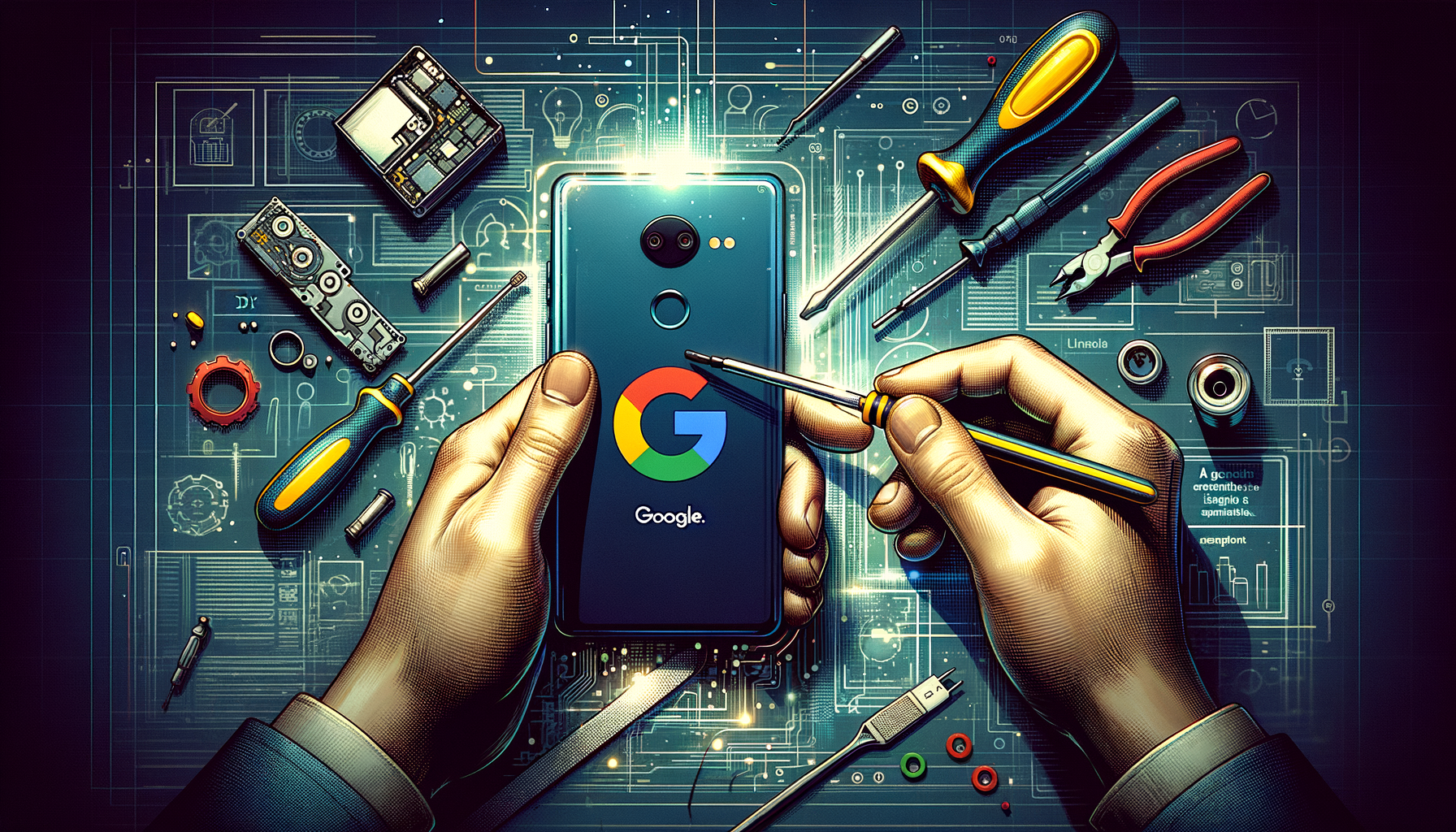Google has decided to dive into the world of self-repairable smartphones, teaming up with iFixit, a company known for producing repair guides and selling tools and parts for electronic gadgets. This collaboration is designed to support users who prefer to fix their own devices rather than relying on tech support or replacement options.
Zooming In
What Does This Mean for Smartphone Users?
The primary aim of this collaboration is to extend the lifespan of Google’s smartphones. By providing easy access to replacement parts for a range of Pixel models, the company hopes to empower more users to undertake repairs themselves. Spare parts like batteries, displays, and camera modules will be available for purchase from iFixit.
Models Covered
As per the announcement, the partnership covers Pixel models from the Pixel 2 up through the newly launched Pixel 6 and Pixel 6 Pro. While Google’s prior involvement in the Right to Repair movement has had mixed reception, this step signals a stronger commitment to sustainable consumer electronics practices.
Prices and Details
Price-wise, details are still emerging, but typical repair costs for screen replacements on past models have hovered around $200 to $250 when performed through traditional service channels. The move to offer parts directly to consumers could significantly reduce these costs, although caution is advised for those attempting tricky repairs without professional equipment.
Global Impact
This shift not only benefits technically savvy users in the U.S. but reaches a broader audience across the continents, emphasizing a global reach for sustainability and accessibility in smartphone maintenance. It’s a move that might also nudge other tech giants to consider similar programs, given the growing focus on environmental impacts and consumer rights to repair.
While some might argue that this can potentially harm authorized service centers due to reduced patronage, Google and iFixit’s stance on making repairs easy and accessible is clear: they want to contribute to a culture of durability rather than disposability.
Conclusion: A Step Towards Longevity
Overall, this initiative is a notable pivot towards enhancing device longevity, aligning with regulatory trends pushing for easier access to spare parts and repair guides. For Google, it’s a statement of intent in a tech landscape rapidly embracing sustainability and consumer advocacy.








